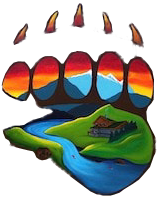G R E A T
B E A R
CHALET
History of
Bella Coola
The Central Coast of British Columbia is a grizzly paradise.
The winds of the Pacific Ocean bring moisture laden air across a number of islands, and up through a maze of channels and inlets.
One of these, Burke Channel, cuts into the Coastal Mountains, dividing into North and South Bentinck Arms. At the head of North Bentinck Arm, approximately 140 kilometres from the open waters of Queen Charlotte Sound, is the lush green estuary at the mouth of the Bella Coola River.
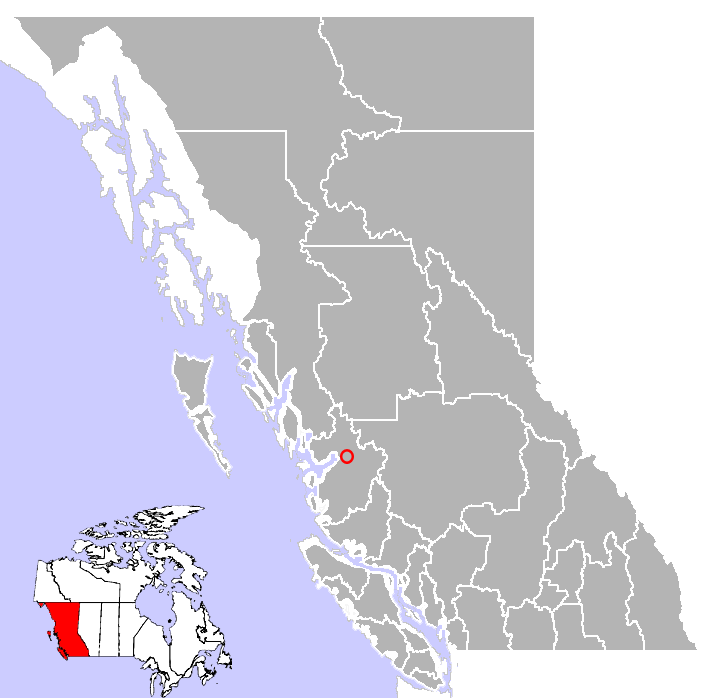

Green Bay
Ancient glacial carving and thousands of years of river flow have cut a deep U-shaped trough into the Interior Plateau. The Valley bottom is approximately 65 kilometres long and no more than 5 kilometres at its widest point.
The Atnarko River drains the Fraser Plateau via Charlotte Lake, and then into Lonesome Lake. Young Creek and the Hotnarko River add to the Atnarko as it flows to its confluence with the glacial fed Talchako River. It is here, where these two rivers meet, that the mighty Bella Coola River is formed.
The Nuxalk First Nations people know the Bella Coola Valley to be their traditional territory. For thousands of years, the Nuxalkmc have made a life for themselves here. It is estimated that at one time, there were more than 30 villages scattered along the Bella Coola & Atnarko Rivers, or "to where the big trees stop".
Each village had a designated river guardian - a title that was inherited. Their duty was to protect the river. Death was a standard punishment for anyone who dumped waste/refuse into the water, especially if it occurred during the Summer salmon run (all 5 species of Pacific salmon - spring, coho, sockeye, chum, pink).
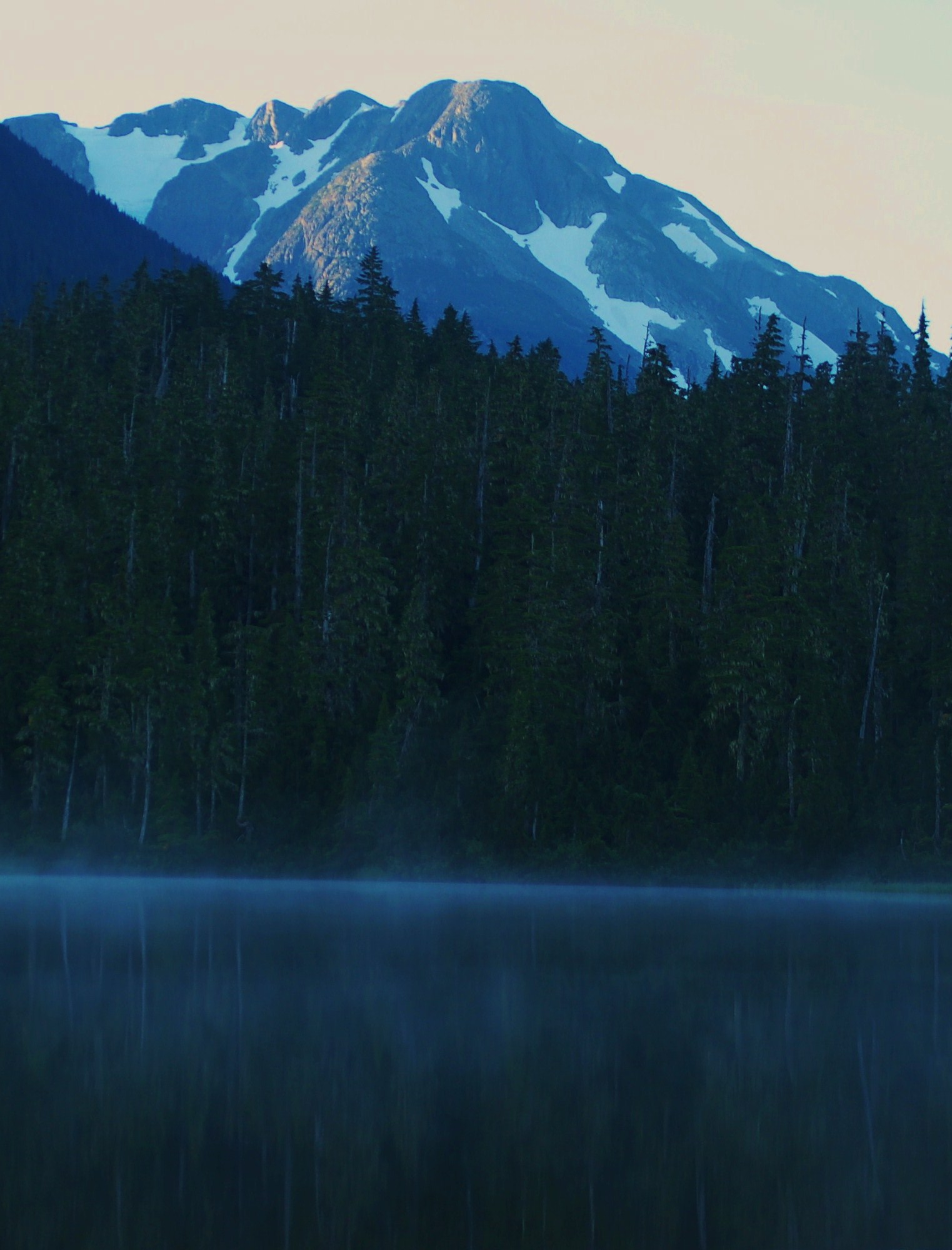

"It's just like a mother to the people, that river.
She feeds us, she gives us everything."
~ Nuxalkmc elder Herb Edgar Sr.

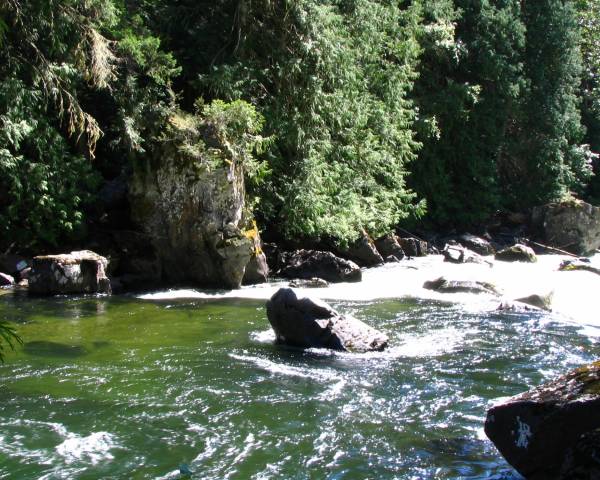
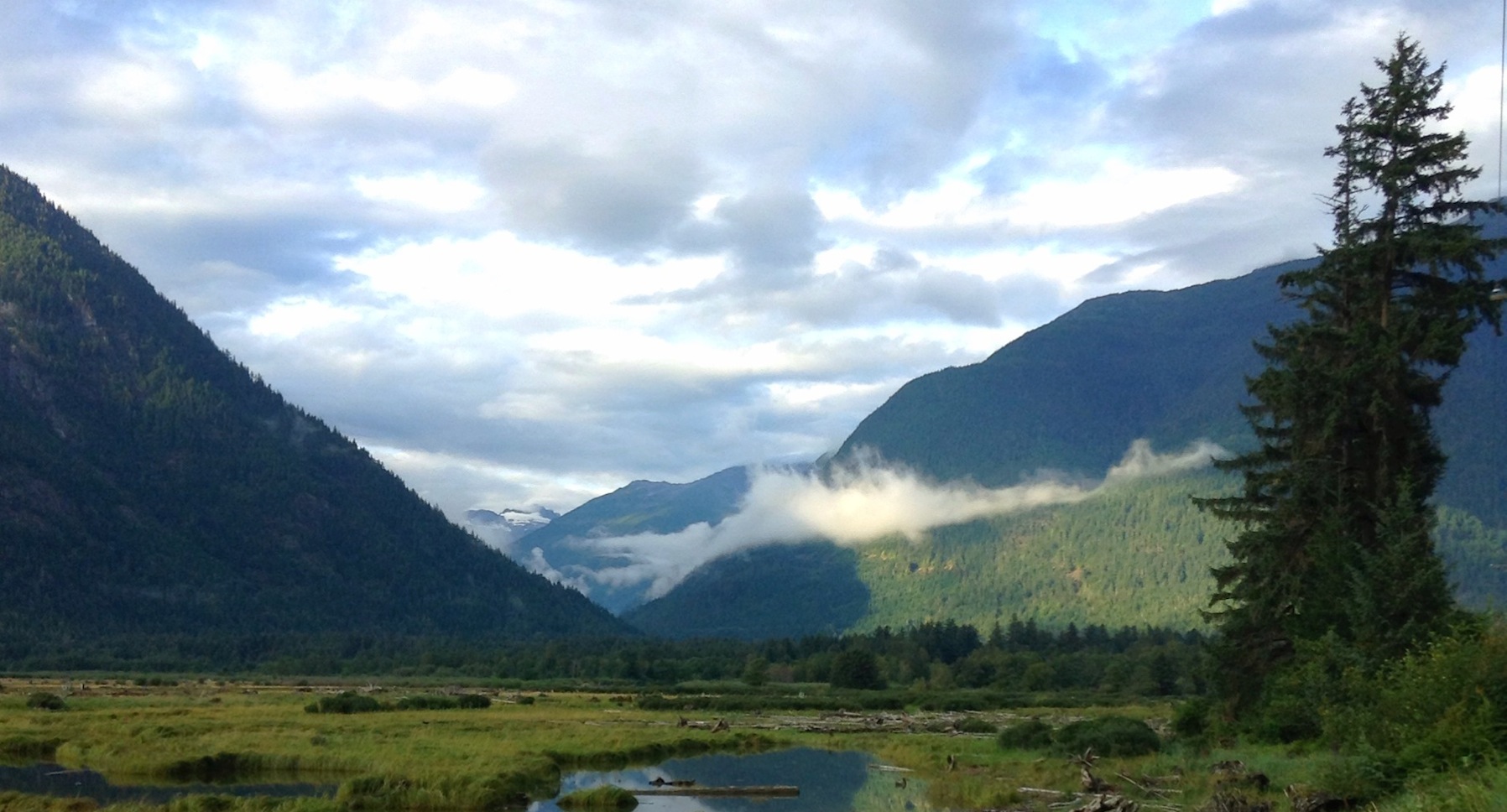
The 'Nuxalk-Carrier Grease trail' was one of the ancient traditional trade routes created by the Nuxalkmc and Ulkatcho First Nations (people of the Chilcotin Plateau). 'Grease' was the term for the vitamin-rich oil rendered from ooligans (eulachon) or 'candle fish' that returned, by the millions each Spring, to spawn. This precious commodity was a mainstay for trade with the Plateau people.
It was the knowledge, and assistance of the Ulkatcho and Nuxalkmc that enabled Scottish explorer Alexander Mackenzie to become the first European man to journey overland to the Pacific Ocean. Being shown this ancient trade route, or 'grease trail', Mackenzie and his men were able to successfully make it to the Bella Coola River and then transported down to the Pacific (at Dean Channel). Mackenzie's expedition arrived at Bella Coola in 1793, preceding the more widely known American explorers, Lewis & Clark, by twelve years.
Furs and 'gold fever' brought strange faces to the Valley. In 1862 Lt. Henry Spencer Palmer arrived in the Bella Coola Valley with 200 Royal Engineers from England. Their goal was to find a route, and build a road connecting the Cariboo goldfields (Fort Alexandria) with a potential steamship port at Bella Coola. Though Palmer felt that a road could be built, it was not. He left British Columbia in 1863.
In 1884, German entrepreneur Carl Hagenbeck sent Norwegian brothers, Adrian and (Bernard) Fillip Jacobsen, to British Columbia to collect Native artifacts and bring "Longheads" (coastal Natives) back to tour in Germany. In 1885 nine young Nuxalk men were 'hired' to perform dances and stories that were met with incredible interest across Germany.
In 1886, the young men retuned with Fillip Jacobsen to Bella Coola. Jacobsen joined 'the only other white man', Englishman John Clayton (an independent fur trader who had bought the Hudson's Bay Company's Bella Coola operation 1882) thinking that the Valley would be a good place to develop a 'farming settlement'. Jacobsen wrote letters and stories to Norwegian language newspapers in the United States, describing the spectacular fjords, mountains, fish, forests and fertile soil that reminded him so much of his homeland.
Jacobsen's letters intrigued Reverend Christian Saugstad whose congregation had locked him out of his church in Crookston, Minnesota. In 1894, Saugstad led a group of approximately 80 Norwegians up to Bella Coola to establish a settlement of "morally perfect people." Forests were felled, land was cleared, soil was tilled - the Bella Coola Valley was referred to as Nye Norge or New Norway. For decades to follow, forestry and fisheries, predominantly salmon, would be the new European economies of the Valley.
Today conservation/preservation initiatives are attempting to protect what remains of temperate Coastal ecosystems, First Nations traditional ways, wild Pacific salmon, Spirit (Kermode) bears & grizzly bear populations. This is the Great Bear Rainforest.
The Bella Coola Valley is the gateway to a 'new' eco-tourism economy beginning to thrive in British Columbia.
At the Great Bear Chalet, we know that to be truly economically responsible, the health of the ecology is essential. It is time for a paradigm shift - take care of the asset (natural systems) & life, along with man-made economies, will flourish.
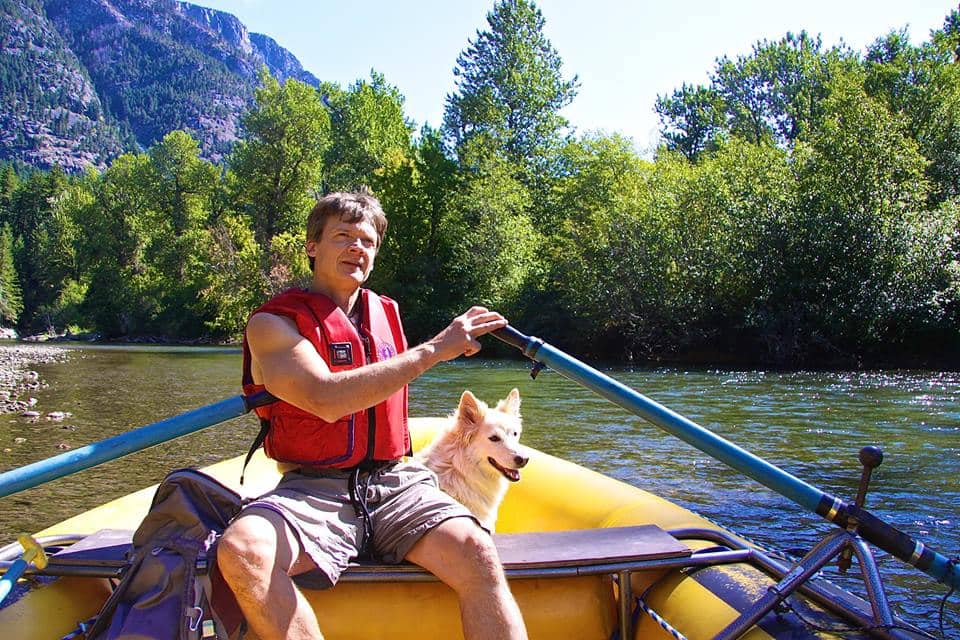
Related Topic: Tweedsmuir Provincial Park
Featured Books
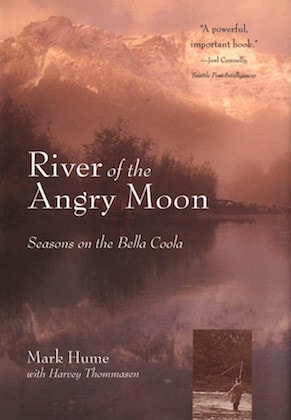
River of the Angry Moon
written by Mark Hume
with Harvey Thommasen
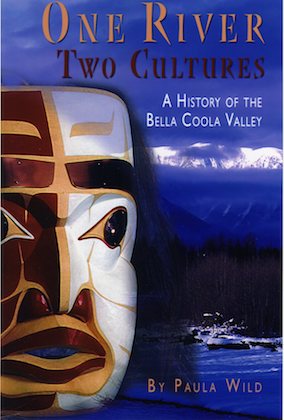
One River Two Cultures
A History of the Bella Coola Valley
written by Paula Wild

Bella Coola Country
written by Leslie Kopas
